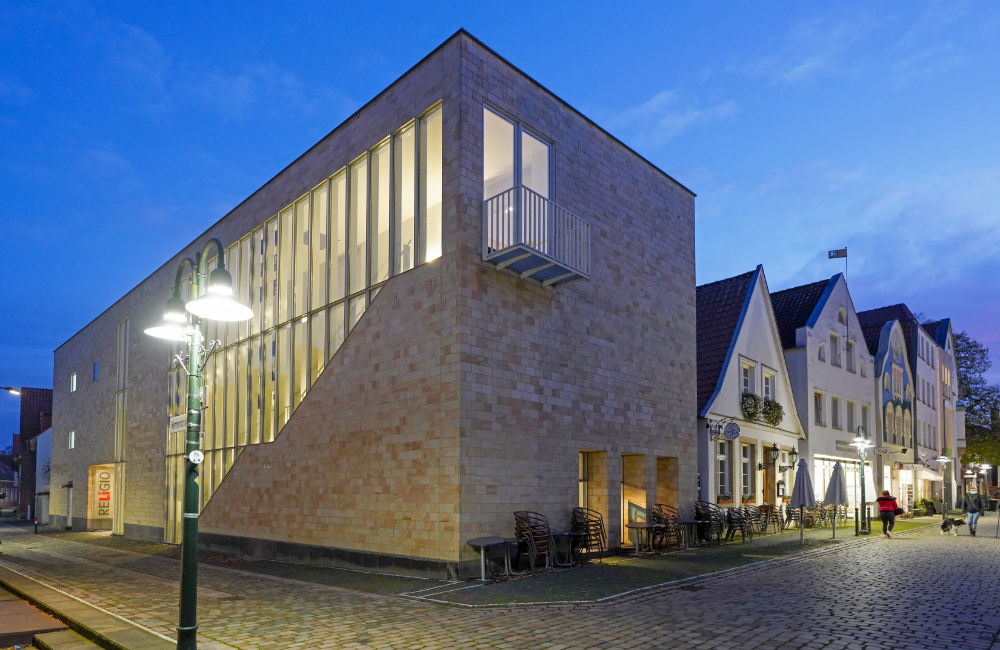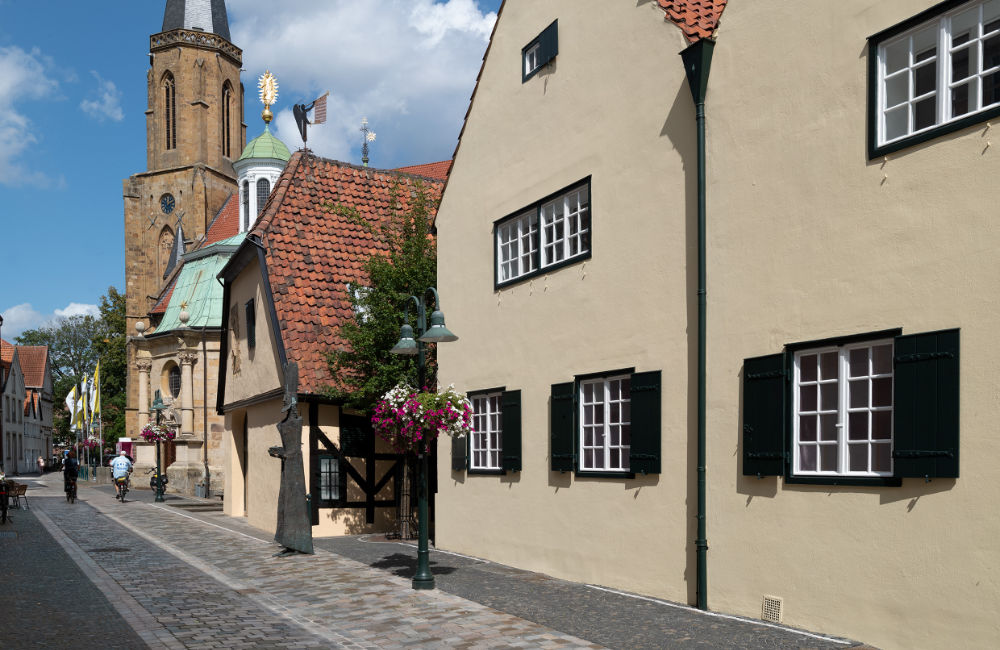IMPRINT
Legal Notice
All of the contents of this app are protected by copyright, as are the design and the layout of the app and all of its texts, images and audio recordings used within the app. No part of this publication may be reproduced in any form and/or edited or processed, duplicated or distributed using electronic systems.
Responsible for the content of this app
RELíGIO – Westfälisches Museum für religiöse Kultur
Herrenstraße 1-2
48291 Telgte
Phone: +49 – 2504 – 93 120
Disclaimer/Copyright
We do our best to check and update all contents published in this app. Despite all care, individual data may have changed. Hence, we cannot guarantee or be held liable for the accuracy, completeness or up-to-dateness of any information provided here. Copyright holders who could not be reached are asked to contact us in order that we can subsequently comply with legal provisions.
A Linon Medien KG Production
Linon Medien KG
Steigerwaldblick 29
97453 Schonungen
P: +49 (0)9721 / 29 94 85
F: +49 (0)9721 / 29 92 88
Registergericht Schweinfurt HRA 9546
Int. VAT Id. Nr. DE 315 606 733
© 2021 Linon Medien KG
Image Credits
Image House 1 © epd-bild/Friedrich Stark
Image Audioguide Nr. 18 © Bildarchiv Relígio
Images Audioguide Nrs. 101, 103, 107, 201, 207, 500, Images Celebrations in life, Seasonal celebrations, Landscape of faith Westphalia, Pilgrimage © Andreas Lechtape, Münster
Image Audioguide Nr. 100 © Anja Schöne, Relígio - Westfälisches Museum für religiöse Kultur
Images Audioguide Nrs. 102, 104, 105, 108-112, 117-119, 202, 205, 208, 301-307, 309-311, 313, 401-406, 501-503, Images Cardinal von Galen © Jürgen Böer, Relígio - Westfälisches Museum für religiöse Kultur
Image Audioguide Nr. 312 © A. Immenkamp (Hrsg.), Ziegelei Lage. Museumsführer. Kleine Reihe/Westfälisches Industriemuseum 25 (Dortmund 2001) 35.
Images Audioguide Nr. 19, 113-116, 203, 204, 209, 210, 308, 314 and Image House 2 © Stephan Kube, Greven
Image Audioguide Nr. 206 © Tom Heller, Telgte
Images Audioguide Nrs. 314, 503, Images All religions on one table, Telgte Lenten Cloth © Thomas Pflaum, tompflaum.com

